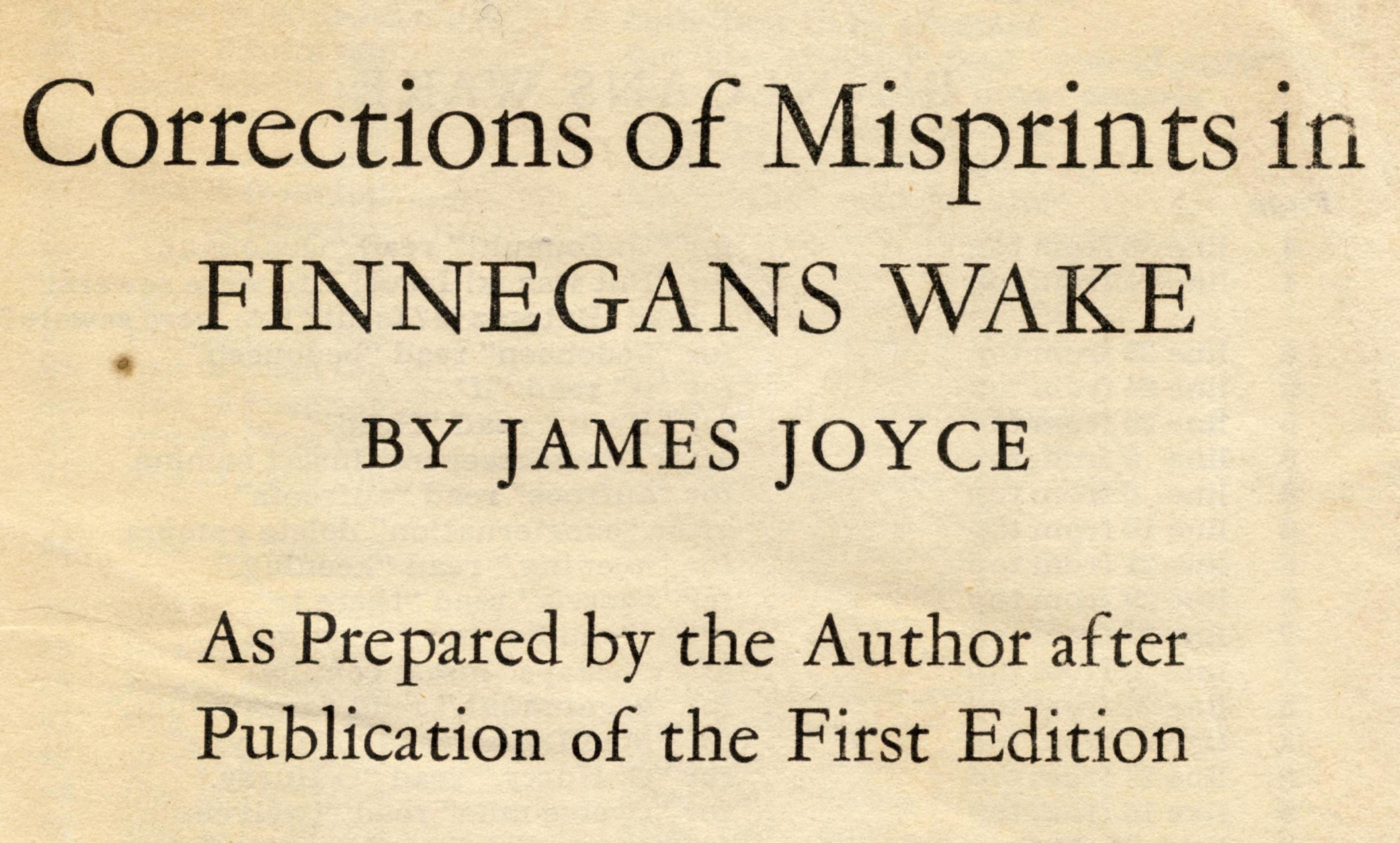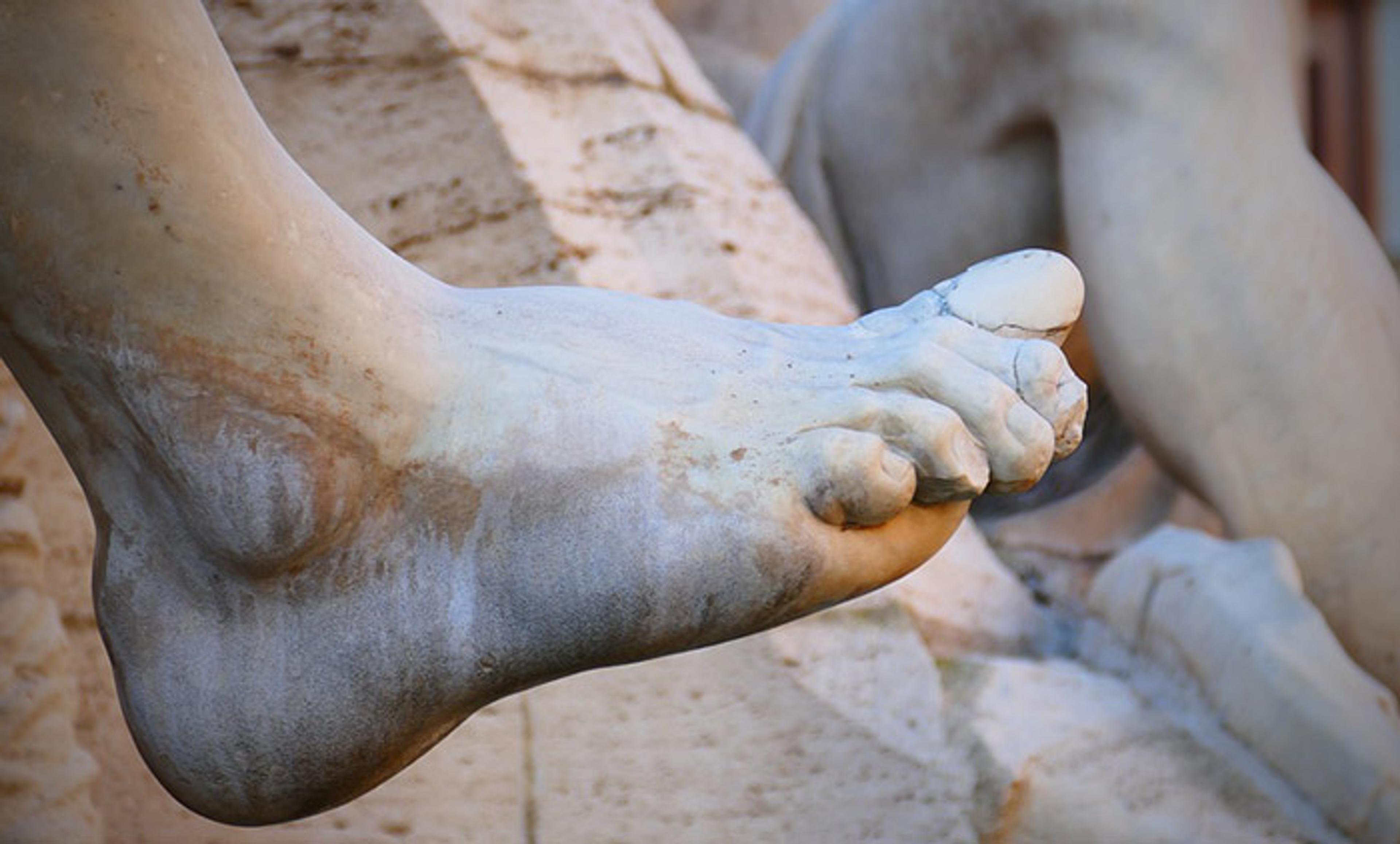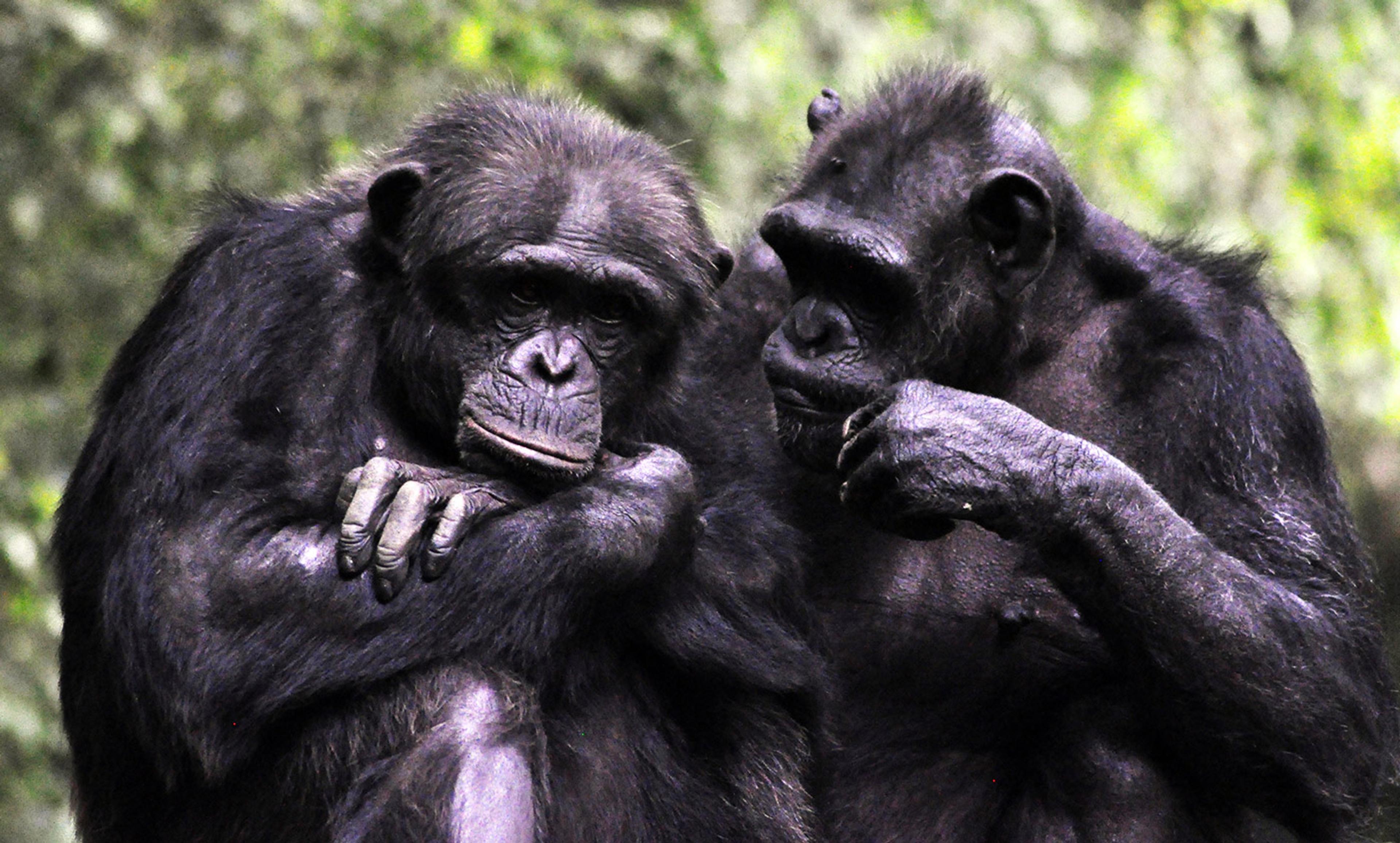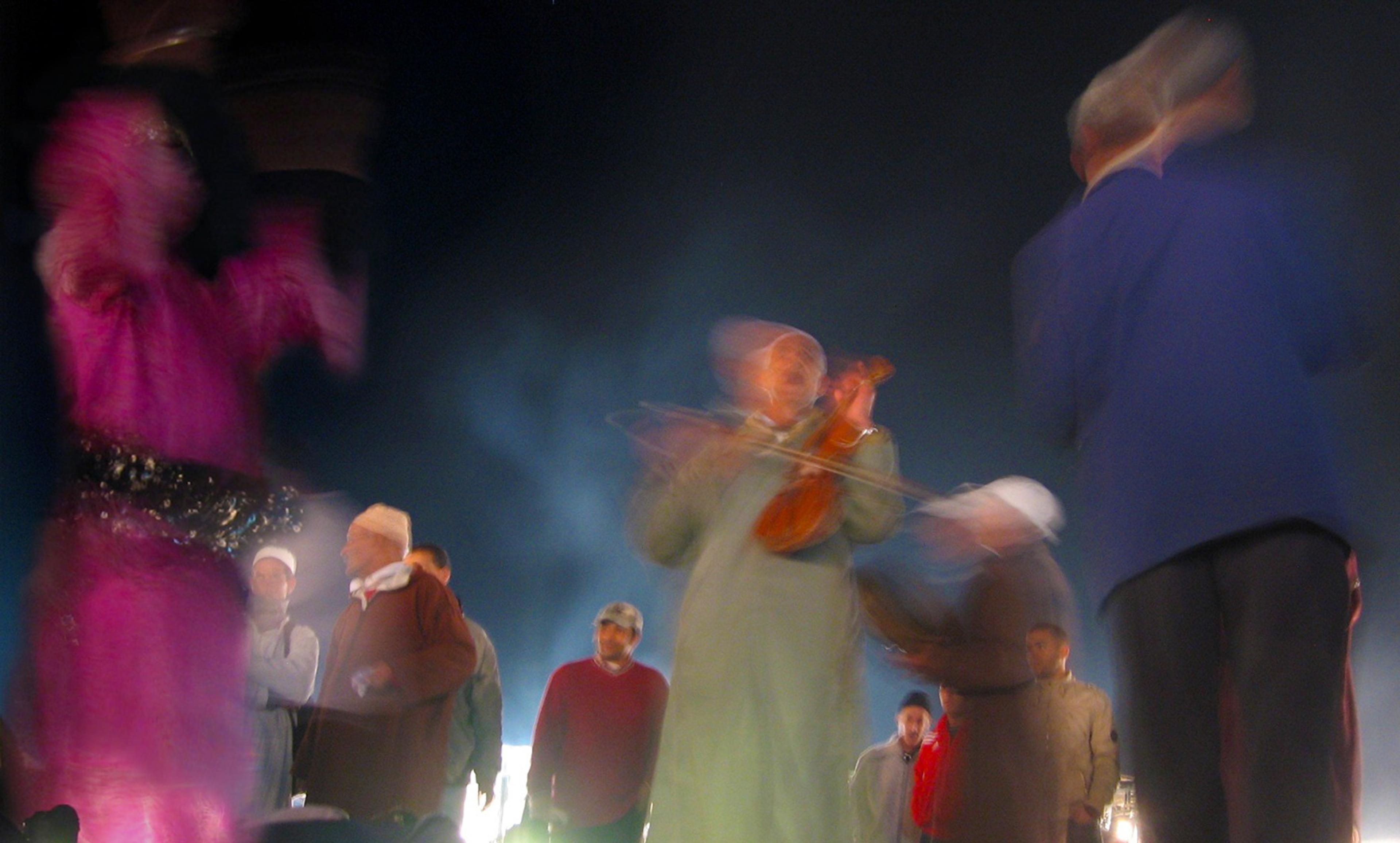Photo courtesy Salisbury House Library and Rare Documents Collection, Des Moines, IA
Poets, historians, scientists, philosophers – we all seek to capture the world in a net of language. Yet it is the nature of nets to capture some things while letting others slip away. Our words turn experiences into objects, qualities and actions, and we can build these into a kind of structure, a tower reaching into the sky – but towers can go only so far, and there are always the negative spaces surrounding the structure and its beams. What is left unsaid speaks volumes.
We might resign ourselves to this fact – the inescapable limits of what’s sayable – but in fact a great many minds have sought to construct a perfect language, one that carves reality at its joints, and captures the whole shebang of human experience. Presumably God was speaking such a language when he spoke the world into being – a common tongue that was lost at Babel. Or perhaps a perfect language can be built from atomic elements that reflect the most basic concepts a mind can have, with rules that keep it clean from all the clutter that the accidents of history place on our tongues.
This was a hope that inspired the young Gottfried Wilhelm Leibniz. As a teenager, he hit upon the remarkable idea that ‘[A] kind of alphabet of human thoughts can be worked out, and that everything can be discovered and judged by the comparison of the letters of this alphabet and an analysis of the words made from them.’ He later hit upon the notion of marrying key concepts with prime numbers:
For example, if the characteristic number of man is found to be 6 [2=rational, 3=animal, so 2x3=6], and that of the ape is 10, it is obvious that the concept of ape does not include that of man, nor that of man the ape, since 10 cannot be divided evenly by 6, nor 6 by 10. So if you wish to know whether the concept of wisdom is contained in that of a just being, you need merely examine whether the characteristic number of just can be divided exactly by the characteristic number of wise.
Leibniz’s perfect language would not simply reflect what we think we know. It would also actively shape our knowledge, and guide us toward a better understanding of the concepts we employ. In The Art of Discovery (1685), he wrote:
The only way to rectify our reasonings is to make them as tangible as those of the Mathematicians, so that we can find our error at a glance, and when there are disputes among persons, we can simply say: ‘Let us calculate, without further ado, to see who is right.’
Leibniz was not alone in this project. Indeed, in his book The Search for a Perfect Language (1995), Umberto Eco reported running into 83 separate projects to construct universal languages over the 17th and 18th centuries. One gets the sense that, entering into any London coffeehouse in the 1650s, one would be assaulted by a babble of savants, each speaking his own perfect language.
Most prominent among these efforts was John Wilkins’s massive work, An Essay towards a Real Character and Philosophical Language (1668). Like Leibniz, Wilkins sought to provide a fixed set of primitives through which all other concepts could be defined. In order to get started, Wilkins had to divvy up the world into genera, differentia and species, and then encode each word into the overall scheme. Rhodri Lewis, in his fascinating and meticulous Language, Mind and Nature (2007) offers an example of how Wilkins’s language would unfold:
‘Dog’, for instance, with its place as the first species of the fifth difference of the 18th genus, is represented in the philosophical language as ‘zipα’. That is, ‘zi’ represents the genus ‘Beast’, ‘p’ represents the fifth difference, and ‘α’ represents the first species. The ‘wolf’, distinguished from the ‘dog’ by virtue of its hostility to all things ovine, is in turn represented by ‘izipα’, as opposition is dictated by putting the opposite Vowel before the first Consonant’. … The significance of a character or word is based on the descriptive function of its components.
Philosophers could no longer complain of being misunderstood, as each word would carry its own meaning on its sleeve, as it were. Of course, the devious mind of Jonathan Swift went one better than Wilkins when in Gulliver’s Travels (1726) he described the proposal of the Laputans, which was that ‘[S]ince words are only names for things, it would be more convenient for all men to carry about them such things as were necessary to express the particular business they are to discourse on.’ Those Laputans with a lot to say employed porters to lug about their vocabularies, and when two such men met in the streets, they ‘would lay down their loads, open their sacks, and hold conversation for an hour together; then put up their implements, help each other to resume their burthens, and take their leave’. We have all witnessed analogous conversations.
The mad passion for a language freed from all ambiguity found expression in the 20th century as well, as logical positivists tried to use symbolic logic to settle metaphysical muddles. In his Pseudoproblems in Philosophy (1928), Rudolf Carnap proposed a strict method that would take in any purportedly meaningful claim about the world, boil away its inessential trappings, and capture any meaningful nugget of cognitive content that remained. Purely metaphysical statements, he thought, would boil away completely. But if perchance there were any factual nugget remaining, this could be translated into statements about what an impartial observer would experience under specified conditions. Then it’s off to the labs to see what happens – the empirical equivalent of Leibniz’s ‘Let us calculate!’
A few years later, as Carnap grew understandably concerned over the direction that German philosophy was taking, he applied his method against Martin Heidegger’s provocative claim that ‘Das Nichts selbst nichtet’ (‘the Nothing itself nothings’). The claim treats ‘the Nothing’ as a something, Carnap insisted, when it is clear that ‘nothing’ can only be the denial of the existence of something. And ‘to nothing’ is no meaningful verb in either German or English. Could there be a clearer case of language misleading a metaphysician into writing something that, in some anxious mood, might seem to carry meaning but in fact has no sense whatsoever?
To be sure, the danger of foggy thinking was (and is) quite real. But Carnap’s complete mishandling of Heidegger’s philosophy helps us to see what goes wrong in any attempt to create a perfect language. When ‘perfect’ means clear and unambiguous, then constructing a perfect language means clipping its expressive range so severely that nothing new and interesting can be said. What Carnap saw as language’s power to bewitch is also its creative power to present startling new ways of looking at the world. Anyone seeking to reorient our thinking by challenging our ordinary ways of thinking and talking about experience will have to use language in new ways, ways that might seem nonsensical to the language police. Think of William Shakespeare, James Joyce and Maya Angelou. The flexibility of language, its Protean twisty-turnyness, its quicksilvery spilloveritude (take that, Carnap!), allows us to reshape our experiences and see the world afresh. Language’s imperfection is its greatest perfection.
Seen in this perspective, we were done a favour when Nimrod’s tower went down amid a babble of languages. True, we are stuck with confusions and misunderstandings and knowledge that is forever partial. But the splendid variety of languages, along with each language’s creative possibilities, lift our incessant babblings to a heavenly height that almost reaches the rafters of human experience.






